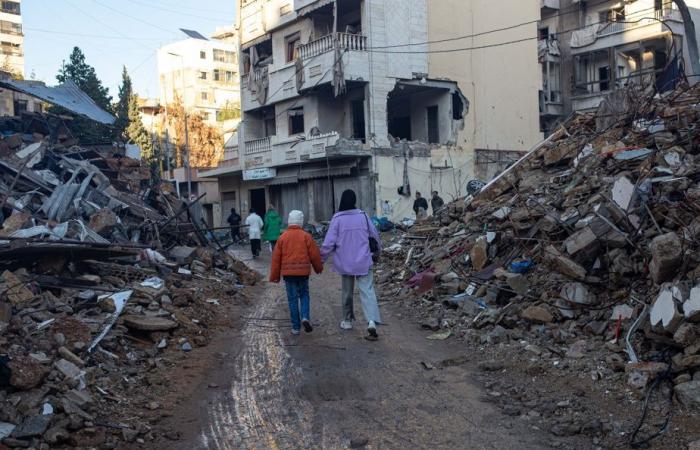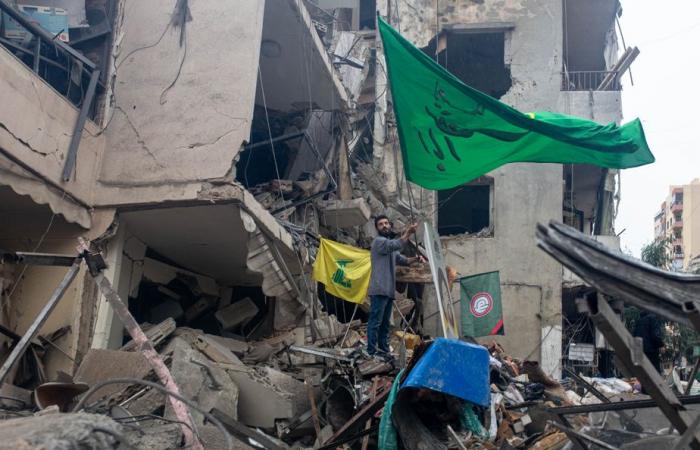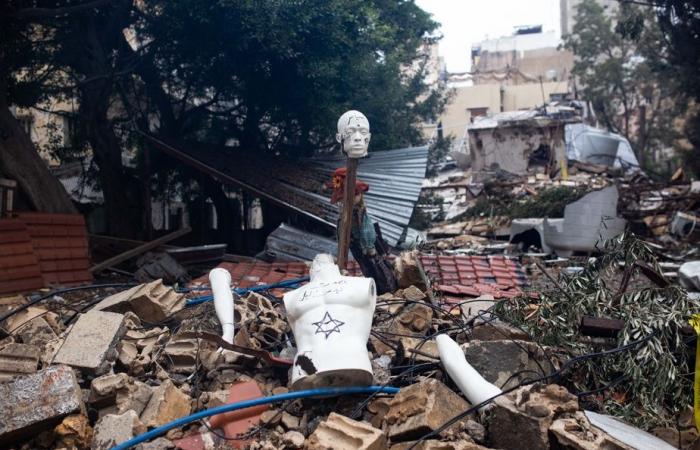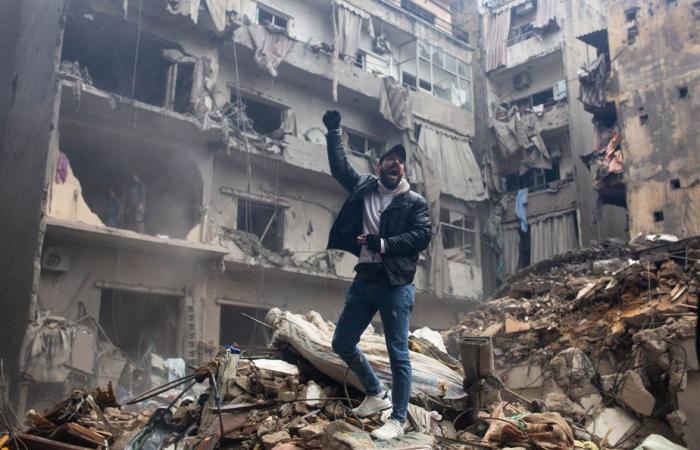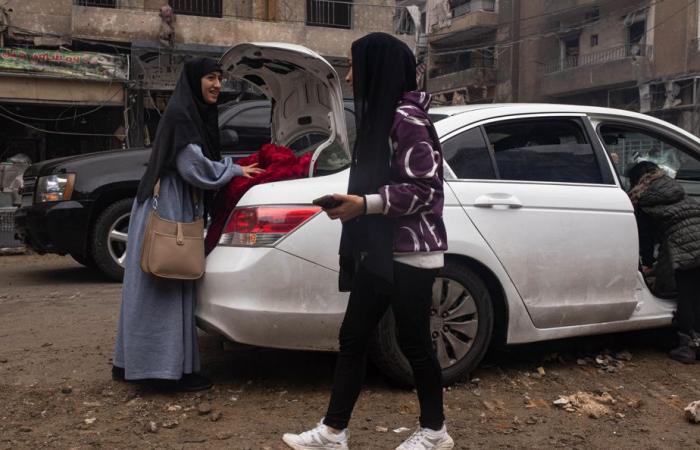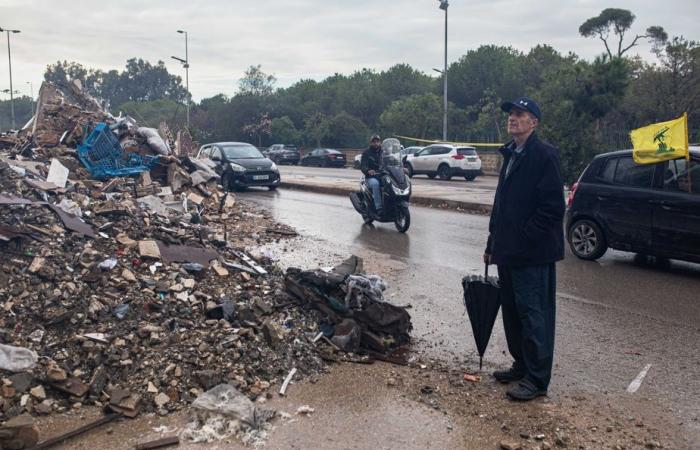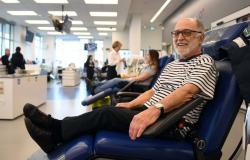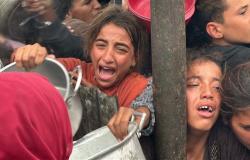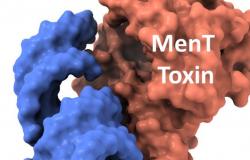(Beirut) Residents of the southern suburbs of Beirut, displaced for months in other districts of the capital, began to return home after the announcement of a 60-day truce. On site, they discovered neighborhoods completely destroyed by the bombings.
Published at 6:00 a.m.
Hugo Lautissier
Special collaboration
Bursts of automatic rifles resonate in the four corners of the southern suburbs of Beirut on this rainy Wednesday morning. Just the day before, these detonations warned the residents of the neighborhood of an imminent bombing. Today, there are celebratory shots.
PHOTO HUGO LAUTISSIER, SPECIAL COLLABORATION
A man waves the flag of the Shiite Amal party over a pile of rubble in the southern suburbs of Beirut.
After more than 400 days of war, nearly 4,000 deaths and intensive shelling since the end of September of this predominantly Shiite neighborhood, a stronghold of Hezbollah, residents are celebrating the end of the war in the middle of a field of ruins. .
In Chyah, the last bombing took place in the middle of the night of November 26, a few hours before the ceasefire came into force, as a macabre goodbye. All along this completely demolished street, people are busy clearing debris in a surreal atmosphere.
Two men fall into each other’s arms while laughing, scooters parade with the flags of Hezbollah and the Shiite Amal party (allied to Hezbollah), children play in the ruins of a building, while passers-by , telephone in hand, come to report on this historic day.

PHOTO HUGO LAUTISSIER, SPECIAL COLLABORATION
A dismembered mannequin is displayed at the foot of a destroyed building in the southern suburbs of Beirut. “Death to Israel,” we can read on his chest.
The faces of Hassan Nasrallah, the late leader of Hezbollah, appeared throughout the neighborhood. At the foot of a destroyed building lies a dismembered mannequin on whose torso we can read: “Death to Israel”.
Who will pay for the reconstruction in Lebanon, estimated at 2.9 billion US dollars by the World Bank? How to spend the winter in a half-destroyed apartment? Will peace last? What direction for the country now? Most residents prefer to put these questions off until tomorrow.
“My two shops were blown up by the bombing,” says Mohammad, his hands full of broken glass. “Fortunately, people in the neighborhood came to help me and I hope to be able to reopen quickly,” explains this 38-year-old man, who withheld his last name for fear of reprisals.
“We didn’t win, but we didn’t lose”
A few blocks away, a man in shock paces back and forth across the ruins of his apartment. The war will have waited until its last hours to shatter everything he had. Perched on the rubble, he begins to shout: “The resistance will win!” »
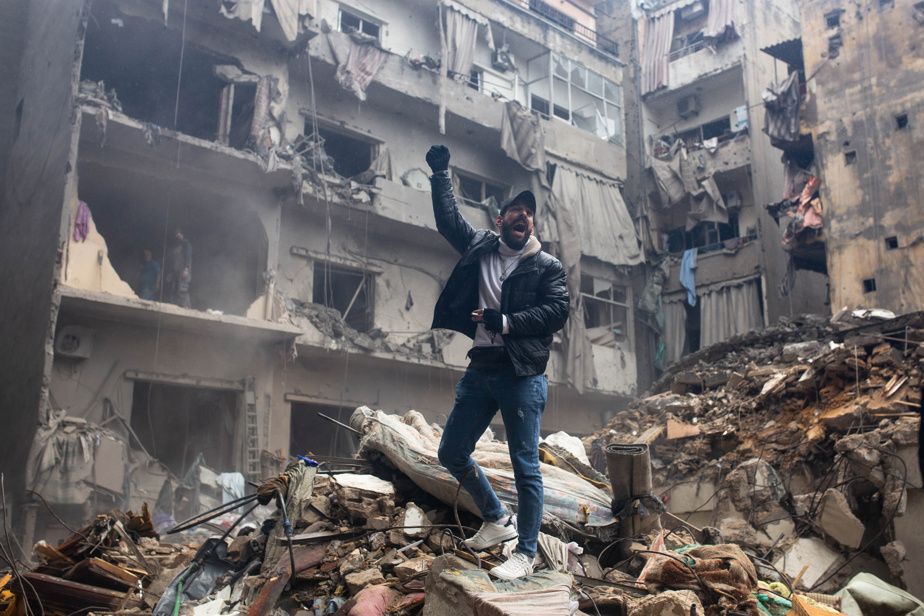
PHOTO HUGO LAUTISSIER, SPECIAL COLLABORATION
Ghassan on the ruins of his apartment in the southern suburbs of Beirut, destroyed the day before the ceasefire by an IDF bombardment.
Ghassan was living there with his wife and young daughter when war hit the southern suburbs at the end of September. He had since found refuge in a public school in a neighborhood spared from the bombings. “I have nothing left, nothing at all,” he said, picking up a torn blouse from the floor.
Beside him, a man tries to reassure himself: “We didn’t win, but we didn’t lose. Even an army as strong as Israel’s, supported by the United States, could not defeat Hezbollah. In his speech, Netanyahu himself said that his army was exhausted. »
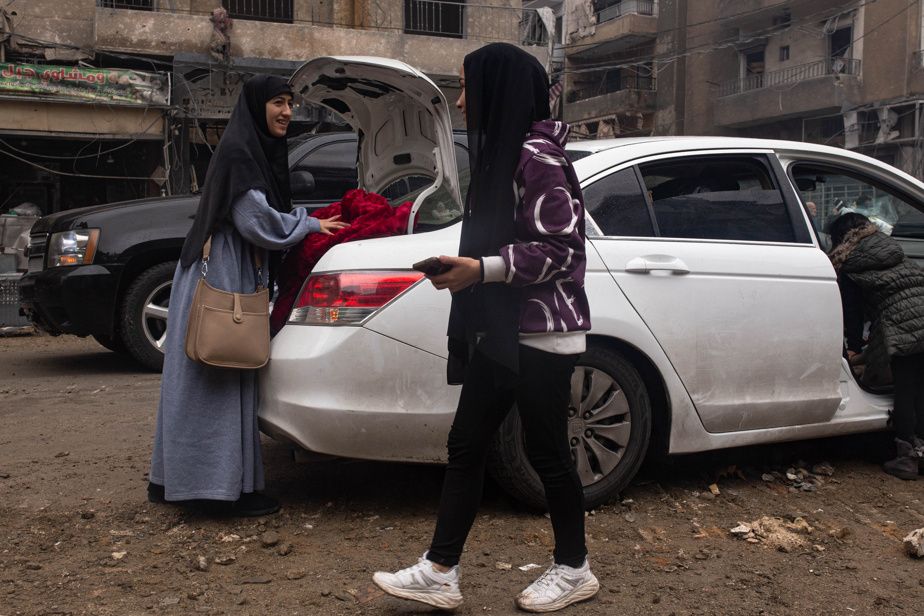
PHOTO HUGO LAUTISSIER, SPECIAL COLLABORATION
Zeinab Ghandour and her sisters are preparing to return home after spending several months sheltering in a school.
Further away, Zeinab Ghandour, 16, smiles. With her mother and her two younger sisters, she sets about taking the suitcases out of their car. “We are finally going home, the apartment is almost intact,” rejoices Zeinab.
We are happy that all this is stopping, but on the other hand, with all this destruction, it is difficult to rejoice.
Zeinab Ghandour, resident of Beirut
In Tayouneh, a mixed neighborhood located on the outskirts of the southern suburbs, Lokman Fakrah watches over the remains of his building. “Why are you taking pictures of my house?” What are you doing here? » However, nothing remains of this 11-story building, pulverized by Israeli aircraft two weeks ago, 20 minutes before an evacuation order from the IDF.
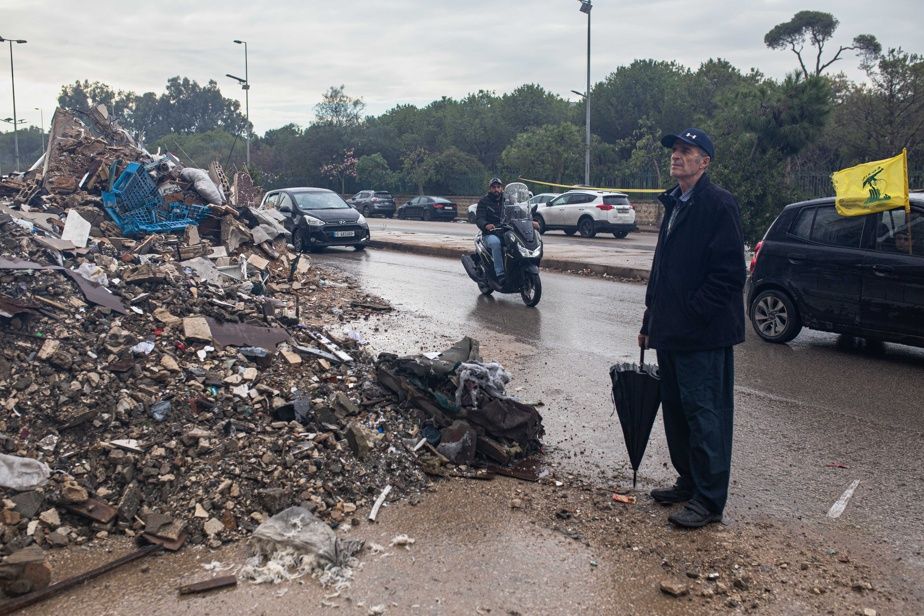
PHOTO HUGO LAUTISSIER, SPECIAL COLLABORATION
A passerby stops in front of a destroyed building in the Tayouneh district. Behind him, the Hezbollah flag flies on a car.
Lokman Fakrah lived there all his life, as did his parents and their parents before them. The family lives in the mountains while waiting to find a lasting solution. On the ground floor, his brother ran a café, he has now set it up in a makeshift tent in the middle of the rubble. On one of them, someone wrote: “Who won the war?” »
“Everyone lost,” summarizes Lokman. Every 10, 15 years there is a new war and Lebanon is always in the middle. That’s how it is. The end of the war is a relief, it is a prerequisite for us to finally be able to live again. »
On the main roundabout in the Tayouneh district, the chaotic flow of cars has indeed resumed. In the tumult, a car hits the back of a taxi. A woman in a tracksuit and large sunglasses and the furious driver get out of their cars and begin to insult each other copiously in the middle of the roundabout, under a thunder of horns. Beirut has returned to its daily life.

